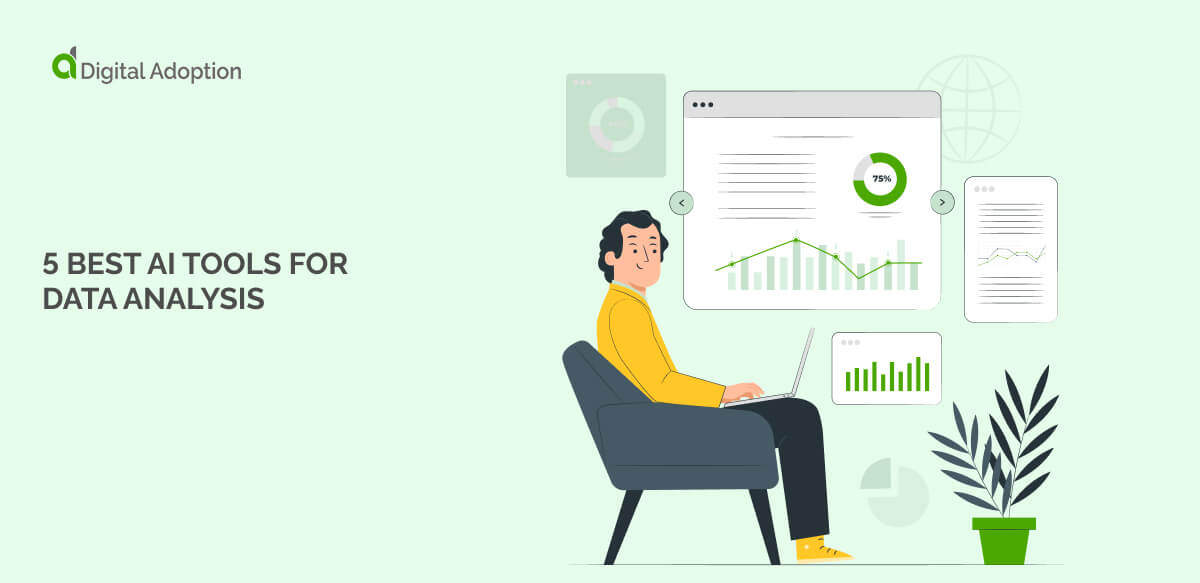Digital ecosystem use cases
Digital ecosystems can revolutionize business operations by integrating various technologies, platforms, and services. These interconnected systems enhance efficiency, drive innovation, and improve customer experiences. Here are three examples of how digital ecosystems manifest in different business scenarios.
Retail industry
Scenario
A retail company wants to improve customer experience and streamline its supply chain management.
Method
The company implements a digital ecosystem that integrates its online store, inventory management system, customer relationship management (CRM) platform, and supply chain logistics. This ecosystem allows real-time data sharing across all systems, enhancing visibility and coordination. Advanced analytics and AI tools are used to predict customer preferences and manage stock levels more effectively.
Outcome
The retail company experiences improved customer satisfaction due to personalized shopping experiences and faster delivery times. Inventory management becomes more efficient, reducing stockouts and overstock situations. Overall, the integrated systems lead to increased sales and reduced operational costs.
Healthcare sector
Scenario
A healthcare provider aims to improve patient care and operational efficiency through better data management and communication.
Method
The healthcare provider develops a digital ecosystem that connects electronic health records (EHR), telemedicine platforms, wearable health devices, and patient management systems. This integration allows seamless sharing of patient data among healthcare professionals, enabling better diagnosis and treatment. AI-driven tools analyze patient data to identify potential health risks and suggest preventative measures.
Outcome
Patients receive higher-quality care with more accurate and timely diagnoses. The streamlined data flow reduces administrative workload and errors, allowing healthcare staff to focus more on patient care. Predictive analytics help in the early detection of health issues, improving patient outcomes and overall efficiency.
Financial services
Scenario
A financial services firm seeks to improve customer service and streamline its loan approval process.
Method
The firm creates a digital ecosystem integrating its CRM, loan processing system, fraud detection software, and customer self-service portal. This ecosystem facilitates real-time data exchange between systems, enhancing customer insights and speeding up loan processing. AI algorithms assess creditworthiness and detect potential fraud, while the self-service portal allows customers to track their application status.
Outcome
Customers experience faster and more transparent loan processing, leading to higher satisfaction. The firm benefits from reduced processing times and improved accuracy in credit assessments and fraud detection. The integrated systems also enable better regulatory compliance and operational efficiency, driving overall growth and customer trust.




